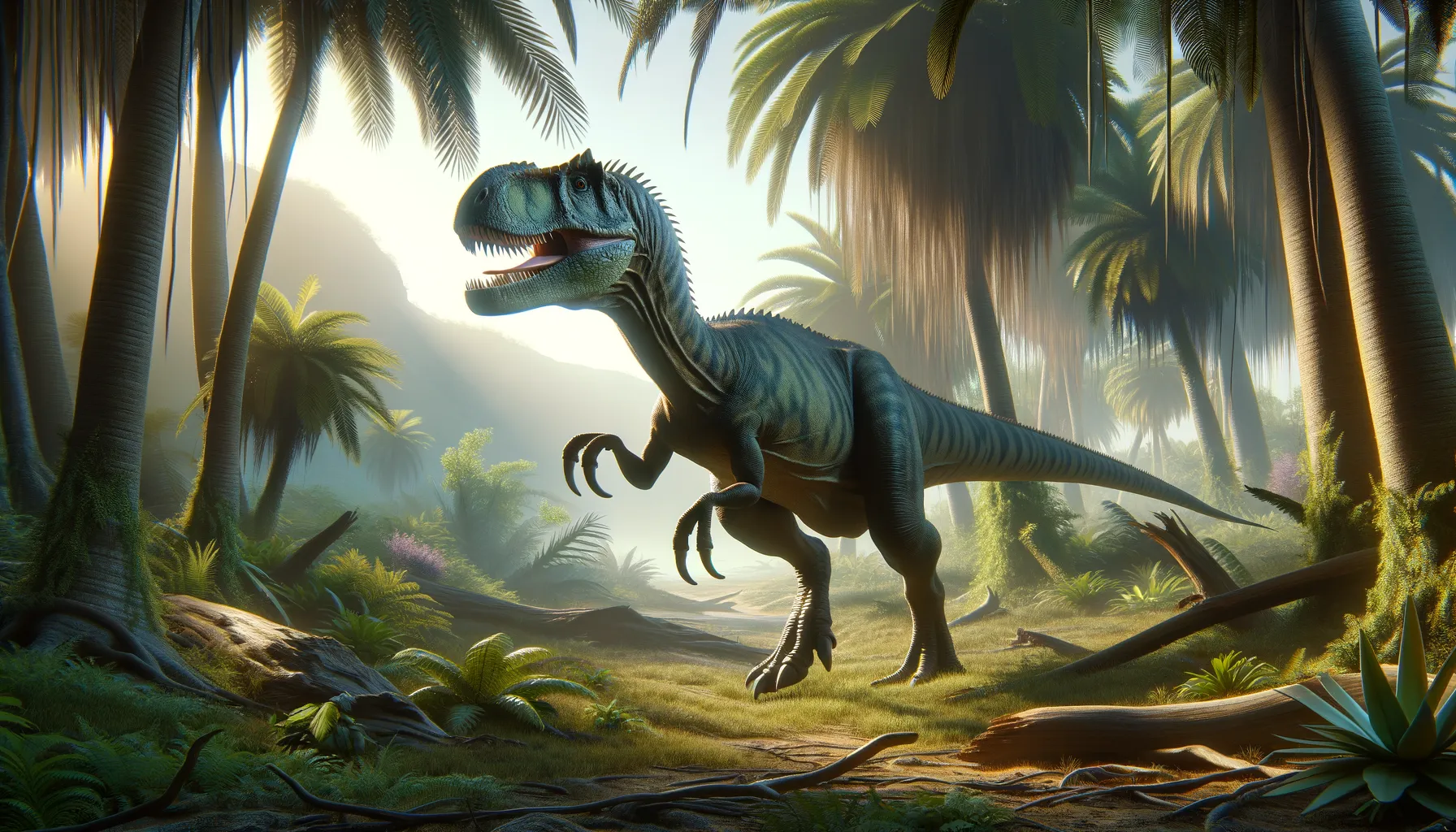
Ankistrodon
An early predator with sharp instincts.
Period
Triassic
Length
Around 3 to 4 meters long.
Height
Approximately 1 to 1.5 meters tall.
Weight
Medium-sized, estimated at 200-500 kg.
Ankistrodon was an early carnivorous dinosaur known from fossils discovered in the Indian subcontinent. It lived during the Triassic period, showcasing features typical of early dinosaurs. Its small to medium size allowed it to navigate through dense vegetation, and it likely lived a solitary lifestyle. Fossil evidence suggests it had sharp teeth and claws, making it an efficient hunter of small to medium-sized prey.
Diet
Ankistrodon mostly fed on small to medium-sized reptiles and possibly smaller late Triassic mammals and insects. Its sharp teeth were adapted for slicing through flesh, indicating a carnivorous diet.
Hunting
It employed stealth and ambush techniques, relying on cover from vegetation to surprise its prey. Evidence suggests it might have preferred hunting alone to avoid competition.
Environmental challenges
The late Triassic period was a time of significant environmental changes, with fluctuating climates and the breakup of the supercontinent Pangaea. Ankistrodon had to adapt to varied climates and food availability. Competition for resources was fierce, with many species adapting simultaneously to the changing world.
Speed
Relatively slow, designed for ambush.
Lifespan
Estimated around 20 to 30 years.
First discovery
Discovered in the 19th century in India.
Fun Facts
- Ankistrodon was a meat-eating dinosaur that lived during the early Jurassic period.
- Its name means 'hook-tooth', referring to its distinctive teeth shape.
- Ankistrodon fossils have primarily been found in India.
- This dinosaur was relatively small, estimated to measure about 6 to 10 feet long.
- Ankistrodon's sharp teeth were perfect for catching and eating small prey.
- It is a lesser-known dinosaur but provides important insights into early dinosaur evolution.
- Ankistrodon was part of the theropod group, which also includes famous dinosaurs like Tyrannosaurus Rex.
Growth and Development
As a dinosaur from an early era, Ankistrodon likely had a slower growth rate compared to later, more evolved dinosaurs. Juveniles would have faced risks from predators and had to rapidly develop hunting skills. Fossil growth rings suggest seasonal growth patterns, influenced by environmental conditions.
Habitat
It inhabited regions that were part of ancient river systems and floodplains, providing plenty of cover for hunting. The vegetation would have been lush, providing ample hiding spots. Seasonal floods might change their habitat landscape periodically.
Interaction with other species
Ankistrodon coexisted with other early reptiles and small mammal-like creatures. It likely acted as a top predator among the smaller species of its environment. Competition for prey with other carnivorous species would have been a constant challenge.
Natural lifespan
Ankistrodon likely lived between 20 and 30 years in the wild.
Reproduction
Reproductive behavior would have included laying eggs, similar to other early dinosaur species. Nesting sites were likely in secluded areas to protect from predators. It is possible that some parental care was provided until the young were capable of fending for themselves.
Social behaviour
Ankistrodon was likely a solitary creature, given its predatory nature. Territorial battles could have occurred, especially during breeding seasons. The need to hunt alone may have minimized social interactions outside of breeding.
Fossil locations
Fossils have primarily been found in the Indian subcontinent, providing insights into its distribution. These locations suggest it thrived in diverse environments across prehistoric India. Fossil evidence has been crucial in understanding its role in the ecosystem during the Triassic period.
